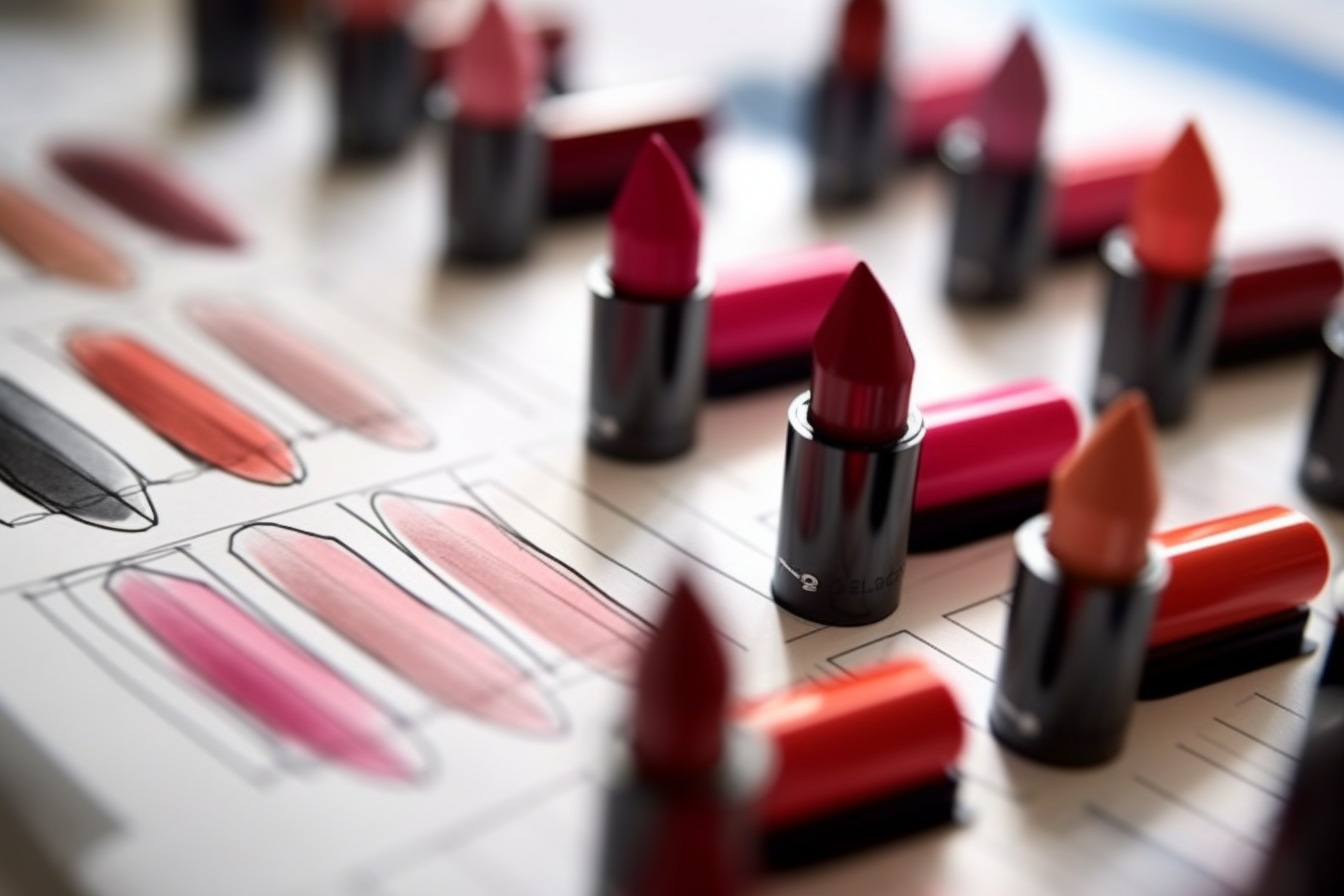Microbes are everywhere, and when it comes to cosmetics, their presence is undeniable. Cosmetic microbiology plays a crucial role in ensuring that cosmetic products are safe for consumers. This discipline has evolved over time, with new techniques, testing services, and regulatory requirements emerging to keep the industry accountable. In this article, we’ll dive into the fascinating world of cosmetic microbiology and explore its various aspects.
A Brief Introduction to Microbiology in Cosmetics
Microbiology refers to the study of microorganisms – tiny living organisms invisible to the naked eye. These include bacteria, yeast, mold, viruses, and other microscopic beings. While many microbes can be harmless or even beneficial, some can pose risks to human health. Therefore, in the context of cosmetics, the primary focus of microbiology is to ensure product safety and prevent contamination by harmful microorganisms.
The Importance of Cosmetic Microbiology Testing Services
With an ever-growing demand for beauty products globally, the need for reliable testing services is paramount. Cosmetic microbiology testing services ensure that manufacturers adhere to industry standards and regulatory requirements while mitigating any potential risks associated with their products. Some common tests performed on cosmetic products include:
- Preservative efficacy testing
- Microbial limit testing
- Pathogen screening
- Shelf-life evaluation
These tests aim to assess the safety, stability, and overall quality of cosmetic products, minimizing the likelihood of consumer harm. It’s no wonder that companies invest significant resources in partnering with reputable testing laboratories to safeguard their reputation and protect their products from microbial contamination.
Risks and Challenges in Cosmetic Microbiology
The cosmetics industry faces various challenges regarding microbiological safety. For one, the diverse range of ingredients used in cosmetic formulations can create environments conducive to microbial growth. Additionally, the everyday use of these products by consumers exposes them to potential contamination.
Microbial Contamination Sources
There are numerous sources from which harmful microbes can find their way into cosmetic products, including:
- Raw materials: Ingredients used in product formulation may already contain microorganisms.
- Manufacturing process: The equipment and facilities used during production can introduce contaminants if proper hygiene measures aren’t followed.
- Packaging: Inadequately sanitized containers or packaging materials can harbor harmful microbes.
- Human contact: Consumers themselves can inadvertently contaminate products during use.
An effective cosmetic microbiology strategy involves identifying and mitigating these risks at every stage, from raw material sourcing to manufacturing and retail sales.
Preservatives and Regulatory Requirements
One of the primary tools in combating microbial contamination in cosmetics is the use of preservatives. These chemicals work by inhibiting the growth of bacteria, yeast, and mold, thereby extending the product’s shelf life and ensuring its safety for consumer use. However, not all preservatives are created equal – some may be too harsh, causing skin irritation or allergic reactions. This delicate balance makes selecting the right preservative a critical decision for cosmetic manufacturers.
Furthermore, regulatory requirements dictate which preservatives are allowed in cosmetic products, as well as their permitted usage levels. Manufacturers must comply with regulations such as the EU’s Cosmetics Regulation (EC) No 1223/2009 or the US FDA’s guidelines to ensure their products are considered safe and marketable.
How Does Cosmetic Microbiology Relate to the Importance and Process of Cosmetics Testing?
Cosmetic microbiology plays a crucial role in understanding the significance of cosmetics testing. By analyzing the presence and behavior of microorganisms in cosmetic products, this field ensures the safety and quality of these products. Through rigorous testing processes, potential risks of contamination and adverse effects can be identified and addressed. Thus, a comprehensive understanding of cosmetic microbiology is pivotal in highlighting the importance of cosmetics testing and safeguarding consumer health.
What Role Does Dermatological Testing Play in Cosmetic Microbiology?
Dermatological testing is crucial in advancing cosmetic testing. By conducting rigorous tests on human subjects, researchers can evaluate the safety and efficacy of cosmetic products, ensuring they meet regulatory standards. These tests help in understanding the potential risks associated with cosmetics and contribute to the development of improved formulas. Advancements in cosmetic testing techniques have resulted in more accurate and reliable evaluations, ensuring consumer safety and satisfaction.
Emerging Trends in Cosmetic Microbiology

As the cosmetics industry continues to evolve, so too do the challenges faced by cosmetic microbiologists. Novel formulations, trending ingredients, and changing consumer preferences all contribute to an ever-shifting landscape that demands innovative solutions and a proactive approach to microbial safety.
Natural and Organic Products
As more consumers gravitate towards natural and organic beauty products, manufacturers face new challenges in ensuring these formulations’ microbiological safety. Many traditional preservatives are synthetic chemicals, which may not align with a brand’s commitment to natural, eco-friendly ingredients. As a result, alternative preservation methods – including using naturally-derived antimicrobials or leveraging self-preserving formulations – are gaining traction within the industry.
The Role of Biotechnology
Biotechnology is making significant strides in various industries, including cosmetics. The use of bioactive compounds derived from microorganisms can offer potential benefits for skin health, such as antioxidant, anti-inflammatory, and anti-aging properties. However, incorporating these novel ingredients into cosmetic formulations also presents unique challenges regarding product safety and stability. Consequently, cosmetic microbiologists must adapt their testing methodologies and strategies to account for these emerging trends.
In summary, cosmetic microbiology plays a vital role in safeguarding consumer health and maintaining product quality in the beauty industry. From assessing the safety of raw materials and finished products to complying with regulatory requirements and navigating emerging trends, the importance of this discipline cannot be overstated. By employing cutting-edge techniques and staying ahead of the curve, cosmetic microbiologists help ensure that the products we use daily are both effective and safe for our skin.
